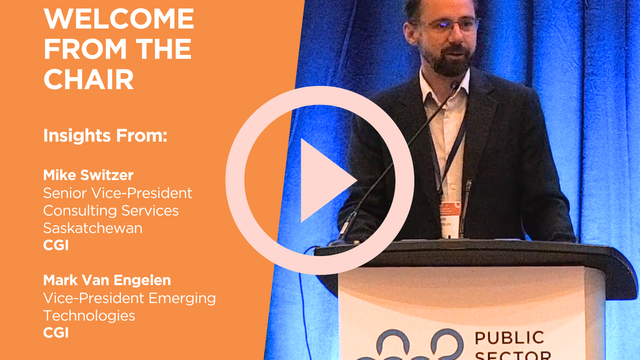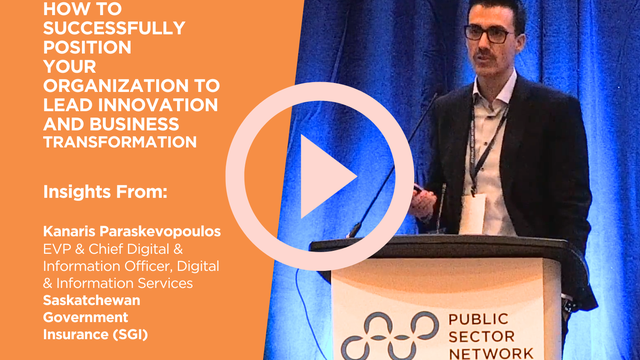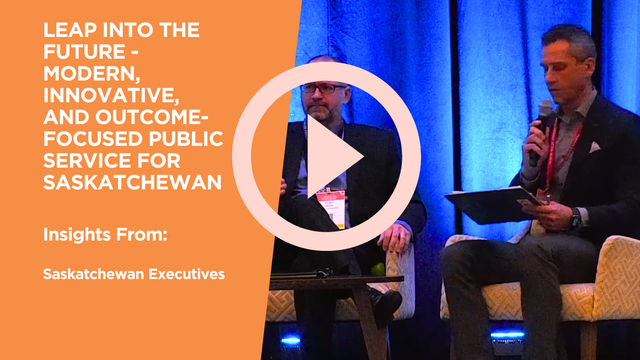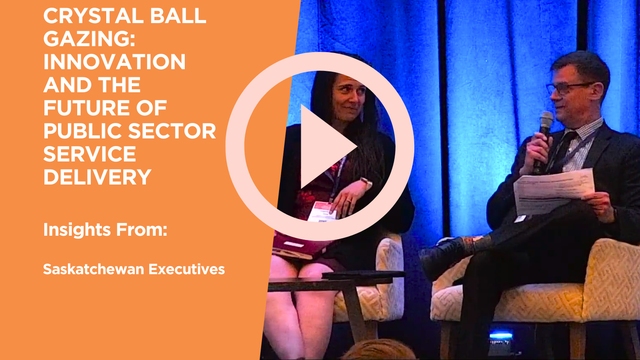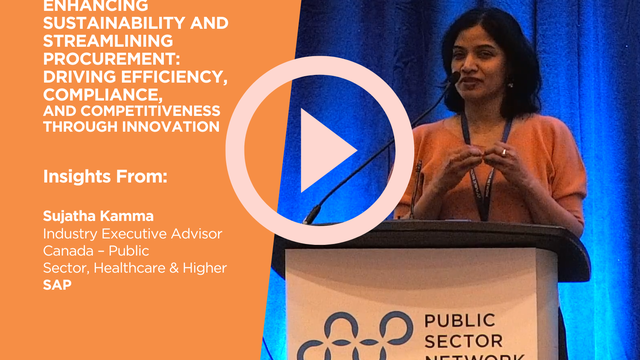

Identifying A Need for Change
The world these days is changing at an unprecedented pace and large, established organizations are sometimes having trouble keeping up. Some realize this and embark on transformation journeys, whilst almost weekly or monthly there are stories about all sorts of businesses either going under or changing their focus and entire business models just to stay afloat. One of the large Canadian companies that has recently embarked on a transformation journey is Saskatchewan Government Insurance, colloquially known as SGI, which not only provides car insurance, licensing and registration services in the Saskatchewan region, but also has a network of independent insurance brokers across five Canadian provinces.
Kanaris Paraskevopoulos, the EVP & Chief Digital & Information Officer within the Digital & Information Services division, says that in the face of the current unprecedented challenges, including changing market conditions and increased customer expectations, amongst other things, organisations need to become nimbler and more innovative to respond to these demands and take advantage of them. SGI became extremely nimble during the pandemic, as did so many others, and in fact for them, a lot of good came out of COVID. But the pandemic also proved in a very distinct way that they are saddled with a lot of legacy technology, slow and antiquated business processes, and a lack of good governance. As such, they began their transformation journey a couple of years ago and it is still an ongoing process.
From the outset, they knew this was going to be a long journey. They also knew that if they were going to do it right, then it would come with a lot of risk, a lot of complexity, that it’s expensive and would have a huge impact on people. But at the same time, they wanted it to be a true business transformation and not just an IT upgrade, so they were willing to take on all those risks because they believed that before you can truly become innovative, you have to transform many parts of your business, your culture, your operations and your structure. You have to redevelop your strategies and change your technology too. All of these elements are necessary, and if they are able to get all of this right, then the hope is that this will be their last big transformation. Everything beyond that will just be maintenance.
Creating A Path Towards Transformation
Before any transformative journey can begin in earnest, it is important to make the necessary pre-arrangements. For instance, you really need to ensure strong support from top level executives. Senior leaders can’t just watch from the side-lines. Plus, once the process begins, there is really no turning back and all business-as-usual work needs to be able to continue as well, so really, you need your best and brightest to be part of this change with you.
At SGI, like in most places, the catalyst for the change was clear. But to be able to execute it well, it is very important to develop your future state target operating models. This is a lesson that SGI learned the hard way because when they initially attempted this change process, they really hadn’t done the work and hadn’t defined our models, so they didn’t know where they were headed. The legwork becomes a blueprint for how they want to operate in the future, and it therefore can’t simply be a pie in the sky idea. It needs to be quite granular. For instance, they started with some foundational guiding principles, like taking a business value-led approach, enhancing the customer experience, fostering business speed and agility, and others, and then from there, they derived some key themes. These included things like emphasizing the broker experience, and evolving the underwriting function. This gave them a basis for creating a process map, which showed how every part of the business currently works, and how they wanted every part of the business to operate and interact in the future. This allowed them to identify transformation opportunities as well as the tools to allow them to articulate the goals and objectives. Before any change was actually implemented, there was a clear path of what needed to be done, how it was to be done and what it would or should look like once completed. This allowed them to gain alignment and to define a robust business case. However, the first draft, which wasn’t so detailed, resulted in a version that was a bit touchy feely with only some perceived benefits. Once the process was refined, the business case and the endpoint became much more robust and clear. For a business that works with claims, underwriting and financial predictions, this was very important.
The business case allowed them to create forecasts and to track potential benefits. In the past, they would create an initiative, pat ourselves on the back after delivering it successfully, but they never really followed it through to understand if they truly achieved what they expected to achieve. Now, through the robust business case and associated framework and forecast, this was much easier to track. In fact, if all goes well and there are no significant interrupting factors, they may even outperform on some of the benefits, but there is also no doubt that in some other areas, they will miss out. That is just the nature of it. The key – which was a lesson of the pandemic – is to be adaptable and to make adjustments as we go along. It is also important to constantly check the assumptions and to prioritize things in a more resilient manner.
The Transformation Process Itself
As predicted, once the process began, it has been all-consuming. It has impacted every part of the organization and has already had a huge impact, even though it is not yet complete. To ensure it is successful, they are being laser focused, and they’ve taken a very structured approach to it. This includes the creation of priorities, a governance program, and of course a change management program. On top of all that, they have established an objective way to measure the impact of change. This was something they were not very good at before, but it now applies to both employees and partners, and includes tactics to mitigate the impact, as well as settings to compare themselves against other organizations who have been at similar points in their transformation journeys.
Alongside the crux of the transformation is a training and support strategy, and once all the elements of the journey are put into practice, then they’ve also come up with what they are calling a hyper-care model, to be able to provide the next level of support when we go live. In the future, once the change has been completed, a simplified version of the benefits realization tracking has already been built into every element so that such a major transformation will never again be necessary. In the meantime, the immediate goal is to ensure that day one post-transformation is not completely different to the last day of our transformation program. Like all things, this takes some planning and foresight, but we are well on the way.
Featured Speakers:
- Kanaris Paraskevopoulos, EVP & Chief Digital & Information Officer, Digital & Information Services, Saskatchewan Government Insurance (SGI)
Check out more event insights and sessions from Public Sector Innovation Show Saskatchewan 2023 here: https://publicsectornetwork.com/past-event/public-sector-innovation-show-saskatchewan-2023/

